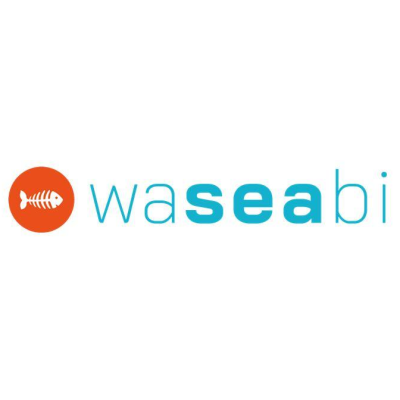
WASEABI
Optimal utilization of seafood side-streams through the design of new holistic process lines

Optimal utilization of seafood side-streams through the design of new holistic process lines
Aquatic biomass processing is a sizeable European industrial sector, with a turnover approaching €30 million and employing more than 120,000 people. However, the sector is facing increasing pressure from rising costs and falling margins. At the same time, existing resources are not being used sustainably, with substantial inefficiency – up to 70 per cent - ending up at best as by-products or side streams, at worst as waste.
Processes that could exploit these resources more effectively would, therefore, be highly desirable. However, for aquatic biomass to become more widely accepted, it needs to be of consistent quality. This means solving several challenges involving transportation, handling and storage, while the technology for processing needs to be scaled up beyond laboratory level.
The WASEABI project is designed to solve some of these challenges and allow more effective exploitation of aquatic resources. It will develop solutions for storage and sorting as well as decision tools that will secure an efficient, sustainable supply system from typical European aquaculture, fisheries and aquatic processing industries. This will provide the opportunity to valorise these into potentially marketable products.
In addition to its stated objectives, the WASEBI project expects to provide a number of environmental and societal benefits. It will:
As well as its overall objective of increasing the valorisation of aquatic biomass side streams, the WASEBI project expects to make a number of specific impacts. It will:
Promising results for the blue bioeconomy
Preserving the quality of seafood sidestreams is essential to ensure their exploitation. Researchers from the WASEABI projects got encouraging results that hint at how seafood sidestreams may pave the way to high-value bio-based products. Read more